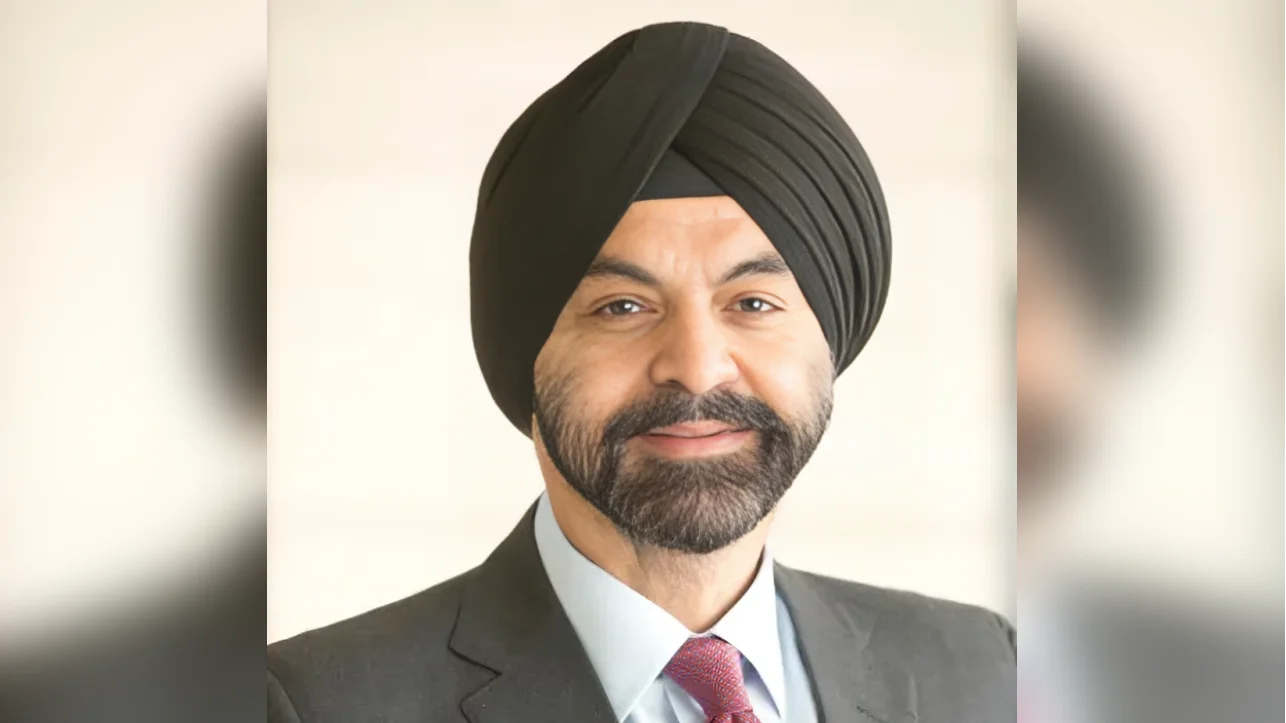Malaysia is on a path toward becoming a high-income nation by 2028-2030, according to a recent report. The country has seen significant economic growth and poverty reduction over the past decades. However, the report emphasizes that without further efforts to address inequality and enhance economic mobility, many Malaysians may not reach the high-income threshold.
The report indicates that around 60% of Malaysians could still have incomes below this threshold unless there are improvements in access to quality education, healthcare, and employment opportunities. A survey revealed that 70% of Malaysians view the income gap as wide, with 63% urging government action to tackle inequality.
While absolute mobility—surpassing parents in education, health, and comfort—is high among Malaysians, relative mobility remains low. This means many from poorer backgrounds remain at the bottom economically while those from wealthier families maintain their advantages.
Earnings inequality persists despite more Malaysians obtaining higher education degrees. Declining skills premiums and weak growth in high-skill job creation contribute to stagnation in reducing inequality. Early life conditions significantly impact earnings inequality; thus, early intervention is crucial.
The report outlines key policy areas for action:
1. Enhance Opportunities: Focus on productivity through upskilling and improving education quality.
2. Strengthen Social Protection: Expand spending and consolidate programs for efficiency.
3. Inclusive Investments: Increase funding for health and education while implementing tax reforms.
4. Address Spatial Inequalities: Implement policies sensitive to location-specific needs.
5. Track Progress: Develop metrics to monitor inequality and service quality.
Reforming tax policies is suggested as a way to create fiscal space for inclusive investments.

